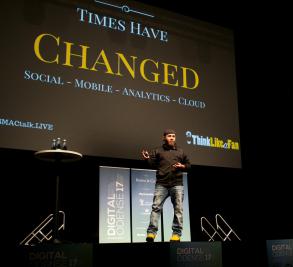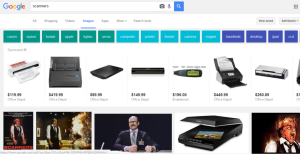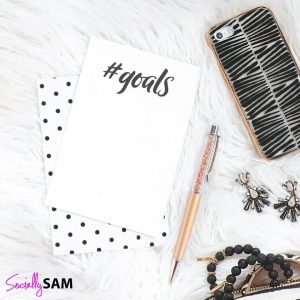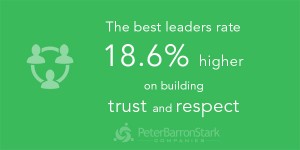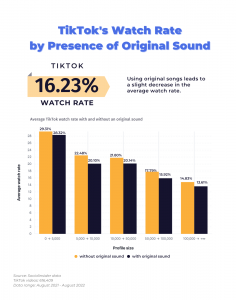September 28, 2016

One of the best things about Facebook has always been its plethora of targeting options for marketers.
You can literally choose from tens of thousands of options to drill down for your ads, ensuring that you reach exactly the audience you want without having to spend any more money than you need.
You don’t get quite as many options for who can view your posts, but you do still have some control. For example, you can show posts by language, time or location.
Now Facebook is offering even more targeting options by allowing users to control what audiences can see their Facebook Live feeds. Here’s what we know:
Options Available
Until now, whenever you broadcast on Facebook Live, the only option was for the feed to be public — even if the rest of your profile was blocked.
Now, Facebook is offering targeting options for users who meet certain criteria. The targeting options include:
- Location
- Age
- Gender
- Time zone
Location options include up to 25 countries, region, cities and even zip codes. You can choose which locations to show the stream to or which locations to block.
For age targeting, you can set a minimum and a maximum age. You can’t go any younger than 13 though, as these users aren’t even supposed to be on Facebook. There is no upper limit, but right now, Facebook registration doesn’t go earlier than 1905. That means that if you’re trying to target people in the 111 set and older, you’ll be out of luck.
Gender and time zone restrictions are self-explanatory.
Who Can Use Targeting
Targeting restrictions won’t be available for everyone who uses Facebook Live.
The average Facebook user won’t have these options available. Only those who are using Facebook’s API (application programming interface) will be able to use the targeting options.
Those using the API are professional brands and companies that rely on software and more professional cameras and screen-casting tools to create the videos. People who are just using a cell-phone camera and Facebook’s own app to live stream are not going to be able to target — but then again, why would they need to target? To make sure that their crush sees the video? Or that their rival doesn’t?
This is good news for brands since it means that they will have options not available to the general public to make themselves stand out from the glut of videos of people eating their meals or going to concerts.
Other Changes to Facebook Live
Marketers will have more options for Facebook Live besides deciding who can see their videos.
Now, brands can create streams that last for days or even weeks. These continuous live streams will only exist in the moment. Once they are complete, users will not be able to go back and watch the video as it will not be hosted on the site.
These mega streams are great options for industry events. You can create an event-long stream that covers everything, and you can create a separate stream for highlights of the event. Those shorter live videos will remain on Facebook after they are done, so you don’t lose the coverage. Meanwhile, people can tune into the larger stream if they are the type that don’t want to lose out on a minute of coverage.
Facebook won’t notify people when you start a mega stream like this, so you will have to advertise it on your own. Make sure you build up to the event days before hand and send out plenty of reminders. Continue to post reminders while the stream is ongoing so that people will tune in and get involved.
Using Facebook Live
Whether you take advantage of these mega streams or not, you should be using Facebook Live for your brand.
There are dozens of ways that you can use these streams to your advantage, but some of the most popular uses so far have included live interviews, event coverage, tutorials, behind-the-scenes glimpses of your company or production efforts, and meet-and-greets with employees or customers.
The key is to create a video that is interesting enough that people will want to watch it live. The video should also encourage interaction so that people can take advantage of the live element. Otherwise, there is no difference between the live stream and a video you post.
That’s why interviews and tutorials are great options for live streams. Users can type up questions they want you to ask your subject, or they can send in questions they have about your process during the tutorial. The videos are much more interactive, and they provide greater value to your users.
If you are not already using Facebook Live, it is time you started incorporating it into your social media marketing policy. The tool is growing in popularity, and it signals a shift in the future of marketing.
Digital & Social Articles on Business 2 Community(52)

